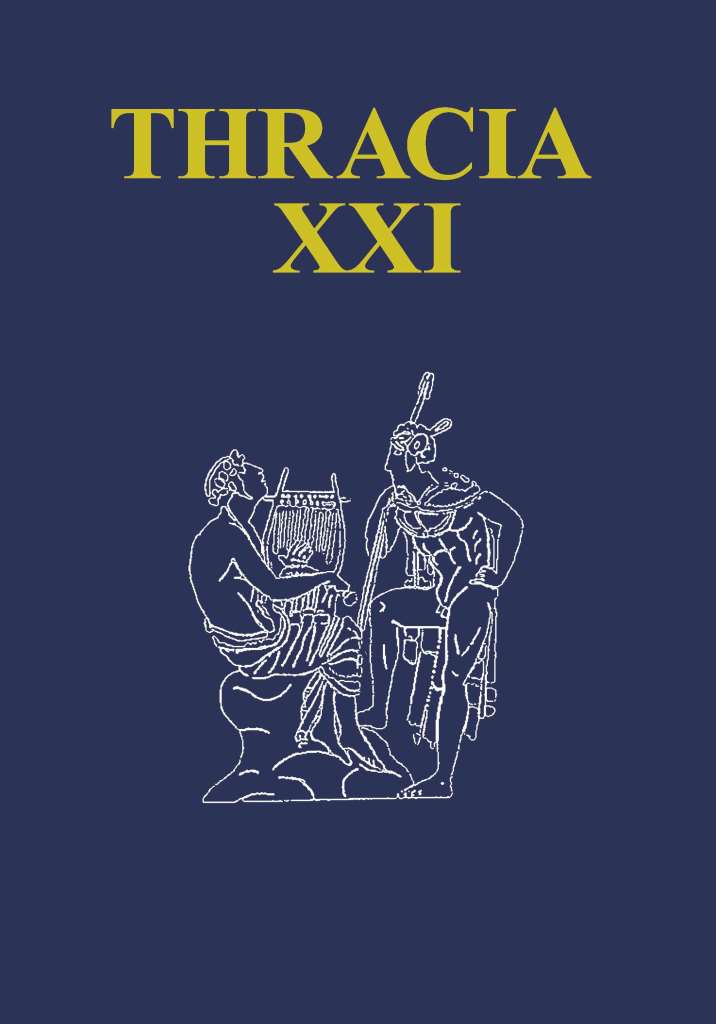THE ROYAL PALACE IN SEUTHOPOLIS
THE ROYAL PALACE IN SEUTHOPOLIS
Author(s): Maria ChichikovaSubject(s): History, Archaeology, Architecture, Geography, Regional studies, Regional Geography, Maps / Cartography, Local History / Microhistory, Ancient World
Published by: Институт за балканистика с Център по тракология - Българска академия на науките
Summary/Abstract: The paper examines the large building in the northeastern corner of Seuthopolis in the citadel, which was connected to the city’s fortification system and was defined as the royal district (basileia). Its location emphasises the need of special defence of the ensemble and hence its prime importance for the unified urban planning. Criticism is addressed to some authors who express unjustified doubts that the building was a royal palace. It has all principal elements of a Hellenistic royal palace: throne hall, sanctuary of the Great Samothrachian Gods, which was also mentioned in the big Seuthopolis inscription found there, and a residential sector. The closest parallels are with the Macedonian palaces in Pella and Demetrias. The finds from the palace and the basileia are presented: the base of a bronze statue – probably of the city’s founder, Seuthes III, coins, ceramics, etc. Being comprehensively studied together with the basileia and with the city, and with precise dating to the late 4th – first half of the 3rd century BC, with its original plan the palace in Seuthopolis enriches today’s notions on the Hellenistic palace architecture and its manifestations in ancient Thrace. The paper examines the large building in the northeastern corner of Seuthopolis in the citadel, which was connected to the city’s fortification system and was defined as the royal district (basileia). Its location emphasises the need of special defence of the ensemble and hence its prime importance for the unified urban planning. Criticism is addressed to some authors who express unjustified doubts that the building was a royal palace. It has all principal elements of a Hellenistic royal palace: throne hall, sanctuary of the Great Samothrachian Gods, which was also mentioned in the big Seuthopolis inscription found there, and a residential sector. The closest parallels are with the Macedonian palaces in Pella and Demetrias. The finds from the palace and the basileia are presented: the base of a bronze statue – probably of the city’s founder, Seuthes III, coins, ceramics, etc. Being comprehensively studied together with the basileia and with the city, and with precise dating to the late 4th – first half of the 3rd century BC, with its original plan the palace in Seuthopolis enriches today’s notions on the Hellenistic palace architecture and its manifestations in ancient Thrace.
Journal: Thracia
- Issue Year: 2016
- Issue No: 21
- Page Range: 31-47
- Page Count: 17
- Language: English
- Content File-PDF

